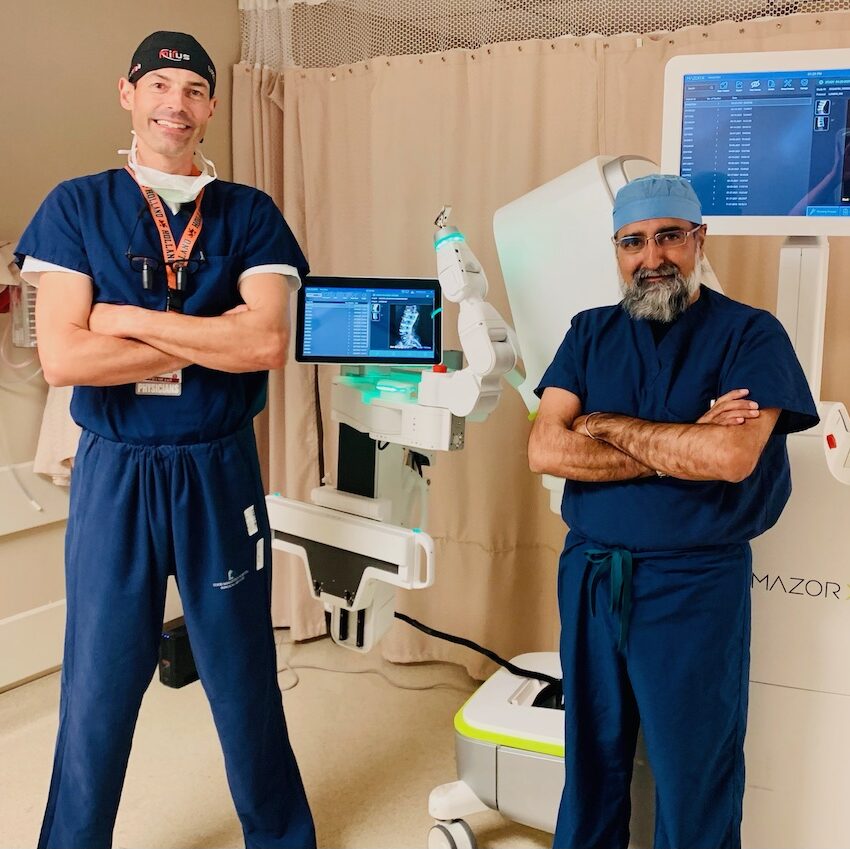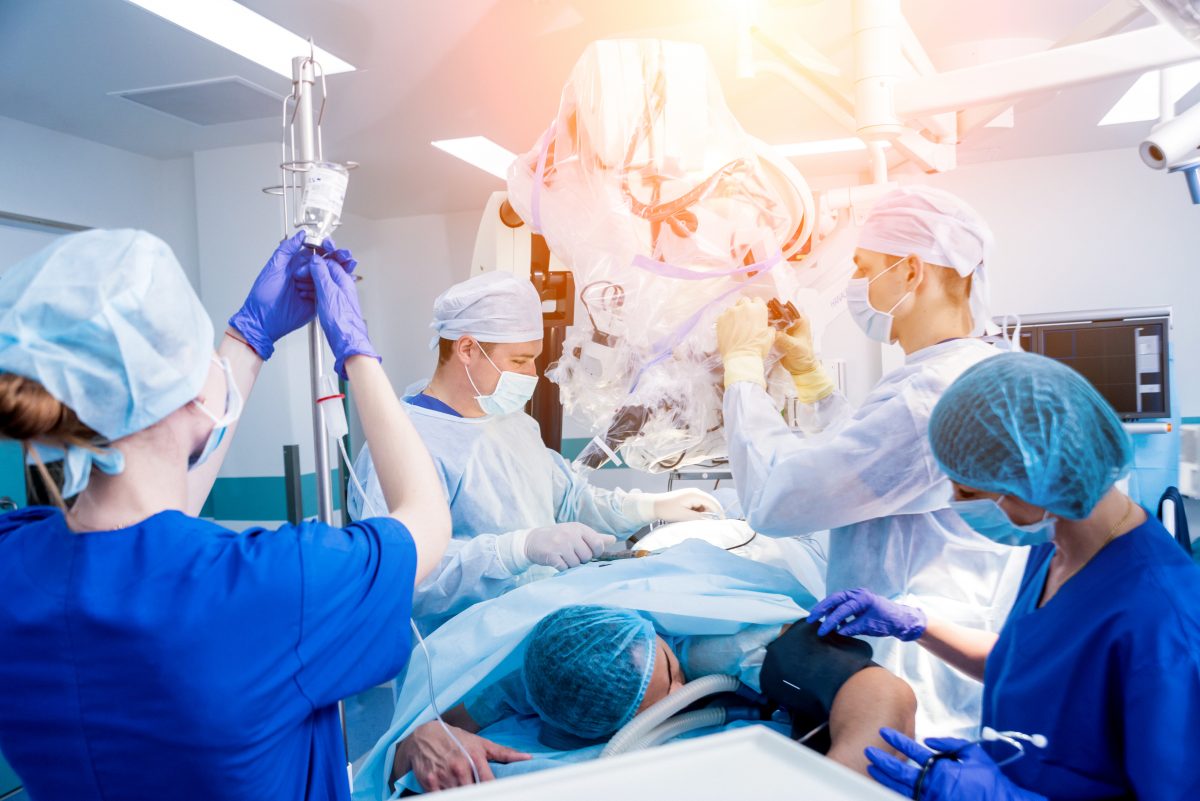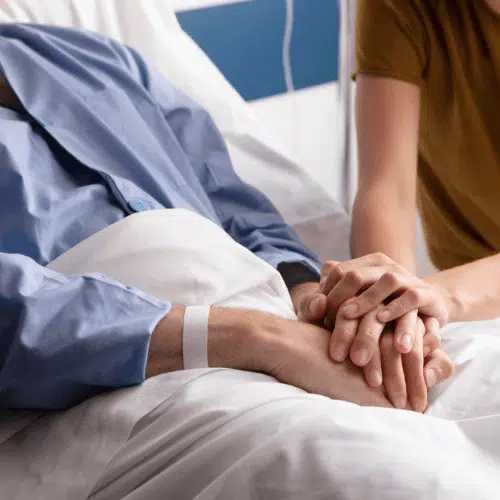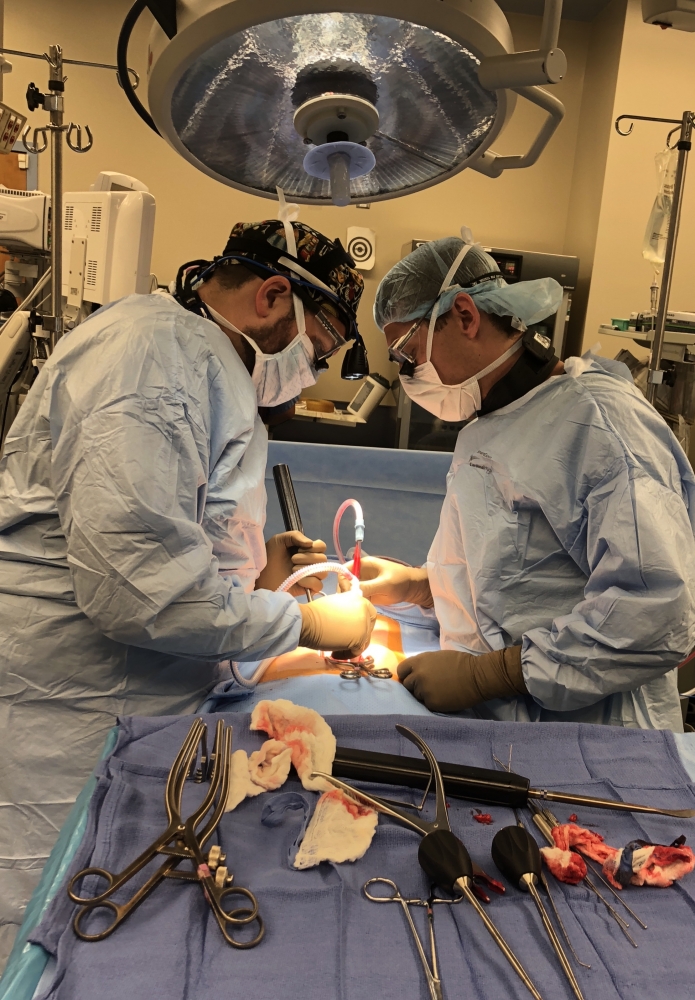An Overview of Back Problems That Typically Lead To Surgical Treatments
Spine conditions such as herniated discs, spine constriction, and degenerative disc illness regularly require medical treatments when conventional treatments fail to relieve consistent symptoms. Comprehending the nuances of each condition and the corresponding medical options, such as discectomy or spinal fusion, is essential for reliable monitoring.
Herniated Discs
Although several individuals with herniated discs might find relief via traditional therapies, surgery comes to be an essential factor to consider when symptoms get worse or persist - best spine surgeons in st louis mo. A herniated disc takes place when the soft internal gel of a spine disc extends with its external layer, possibly leading and pressing close-by nerves to discomfort, tingling, or weak point in the extremities
Traditional monitoring commonly consists of physical therapy, discomfort medications, and corticosteroid shots, which aim to minimize inflammation and boost function. Nonetheless, in cases where these techniques stop working to relieve incapacitating symptoms, surgical alternatives may be discovered.
The most usual operation for herniated discs is a discectomy, which involves the removal of the herniated portion of the disc to soothe pressure on the impacted nerve root. In a lot more severe cases, spinal blend may be essential to support the affected vertebrae.
Individuals are recommended to discuss the prospective dangers and advantages of surgical procedure with their health care service provider to make a notified decision. Inevitably, the goal of any kind of medical intervention is to bring back function, relieve discomfort, and boost total quality of life for people struggling with herniated discs.
Spine Stenosis
Spinal constriction happens when the spaces within the spinal column slim, causing enhanced stress on the spine and nerves. This problem can establish in different regions of the spinal column, consisting of the cervical and back areas, frequently due to age-related adjustments, such as degenerative disc disease, arthritis, or thickening of tendons.
Clients with back constriction might provide with symptoms that include discomfort, numbness, prickling, or weak point, primarily in the arms or legs. These symptoms can be worsened by activities that involve standing or walking, frequently leading people to look for alleviation through conservative treatments like physical treatment, medications, or epidural steroid injections.
However, when these non-surgical interventions fall short to supply adequate alleviation, medical alternatives may be taken into consideration. Usual surgical treatments for spine stenosis include laminectomy, which includes the elimination of part of the vertebra to alleviate stress, and spinal blend, which supports the damaged area. The choice to go after surgery is typically based upon the severity of symptoms, the degree of practical impairment, and the overall wellness of the individual. Motivate medical diagnosis and monitoring are essential to stop more neurological compromise and enhance lifestyle.
Spondylolisthesis
Spondylolisthesis occurs when one vertebra slips onward over one more, resulting in imbalance of the back. This condition can result from different factors, consisting of genetic issues, injury, or degenerative changes in the spinal column. It is most frequently observed in the back area, specifically at the L4-L5 and L5-S1 degrees.

Treatment alternatives vary based on the intensity of the slippage and the signs and symptoms offered. Conventional procedures, including physical treatment, pain administration, and activity adjustment, are frequently the first line of protection. When non-surgical approaches fail to alleviate signs and symptoms or when considerable nerve compression is existing, surgical intervention might be required. Surgical choices can consist of back fusion or decompression treatments, focused on bring back placement and alleviating neurological symptoms. Early medical diagnosis and suitable administration are crucial for optimum results in patients with spondylolisthesis.
Degenerative Disc Illness

Patients with DDD typically experience discomfort that might radiate to the arms or legs, depending on the influenced area of the spinal column. The problem can be identified via a mix of medical examination, imaging studies, and client history. Treatment alternatives commonly begin with conventional measures, consisting of physical therapy, pain administration, and way of life alterations. When these strategies fall short to provide sufficient relief, medical interventions pop over here might be thought about.
Surgical options for DDD might include back blend or man-made disc replacement, targeted at stabilizing the influenced section and minimizing discomfort (best spine surgeons in st louis mo). Eventually, the choice of treatment is embellished, taking into consideration the severity of the problem, patient health and wellness, and way of living elements
Back Growths

Back tumors can develop from different factors, consisting of hereditary tendency, ecological impacts, and pre-existing clinical problems. Individuals may present with an array of signs and symptoms, including local pain, neurological deficits, weakness, or changes in digestive tract and bladder additional hints feature, depending on the growth's dimension and place.
Diagnosis usually includes imaging studies such as MRI or CT scans, which help delineate the lump's attributes and influence on surrounding structures. In evaluating treatment alternatives, the growth's quality, type, and area are important considerations. Surgical treatment might be called for to minimize symptoms, acquire a biopsy, or remove the growth completely. The goal of surgery is often to unwind neural elements and maintain the spinal column. Adjuvant treatments, including radiation or radiation treatment, might additionally be required relying on the tumor's nature. Early discovery and intervention are crucial for maximizing results in people with spine lumps.
Conclusion
In summary, back conditions such as herniated discs, spine constriction, spondylolisthesis, degenerative disc condition, and spinal lumps regularly necessitate surgical treatment due to their prospective to create considerable pain and practical problems. While conventional treatments might supply temporary relief, medical alternatives come to be critical when signs continue or get worse. Prompt diagnosis and treatment play a crucial role in bring back function and enhancing the top quality of life for damaged people, highlighting the importance of extensive spine treatment.
